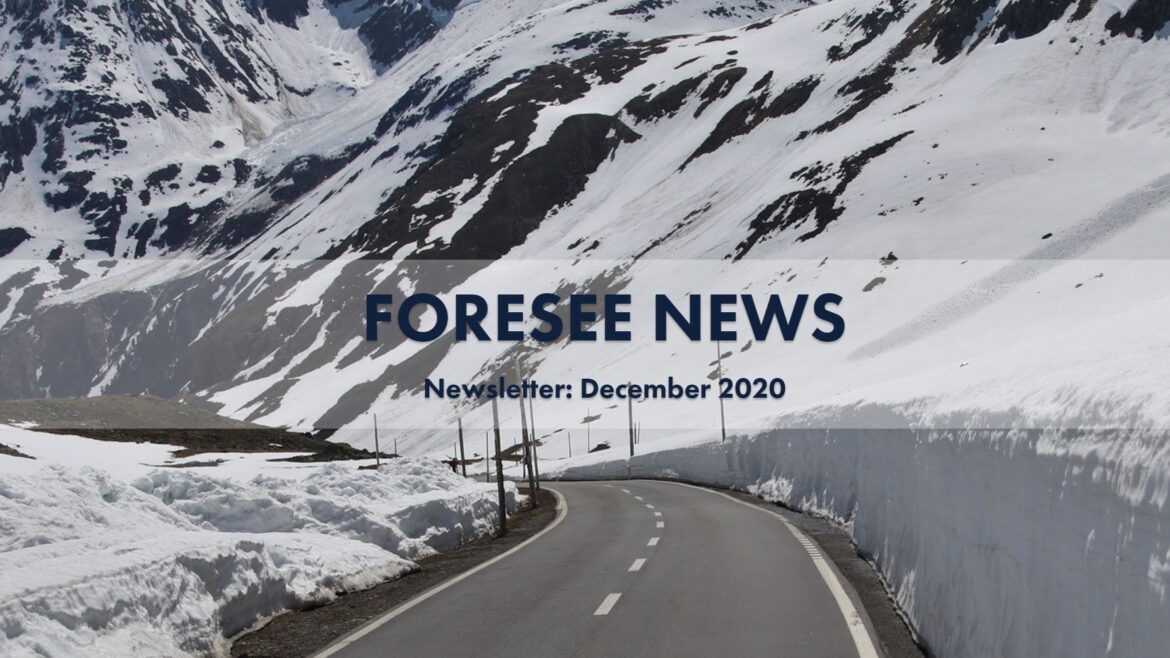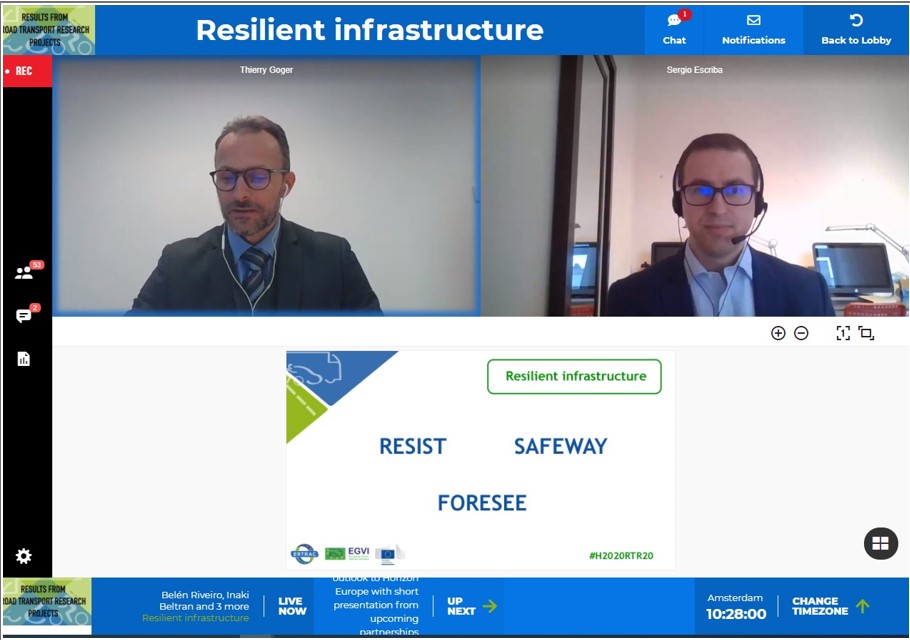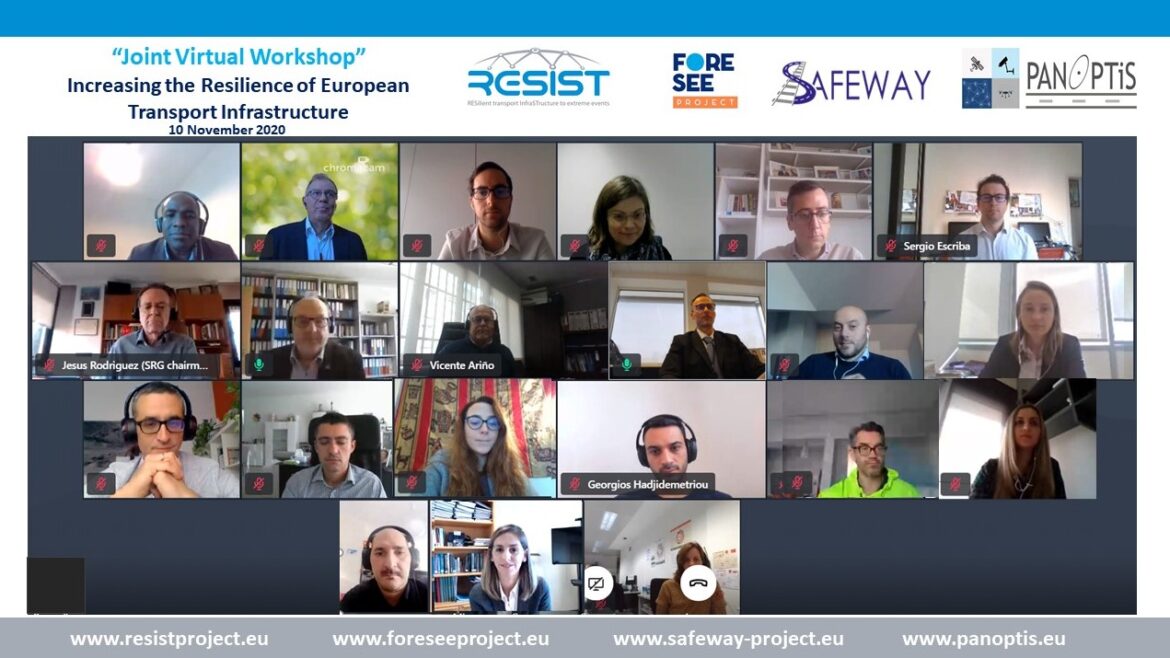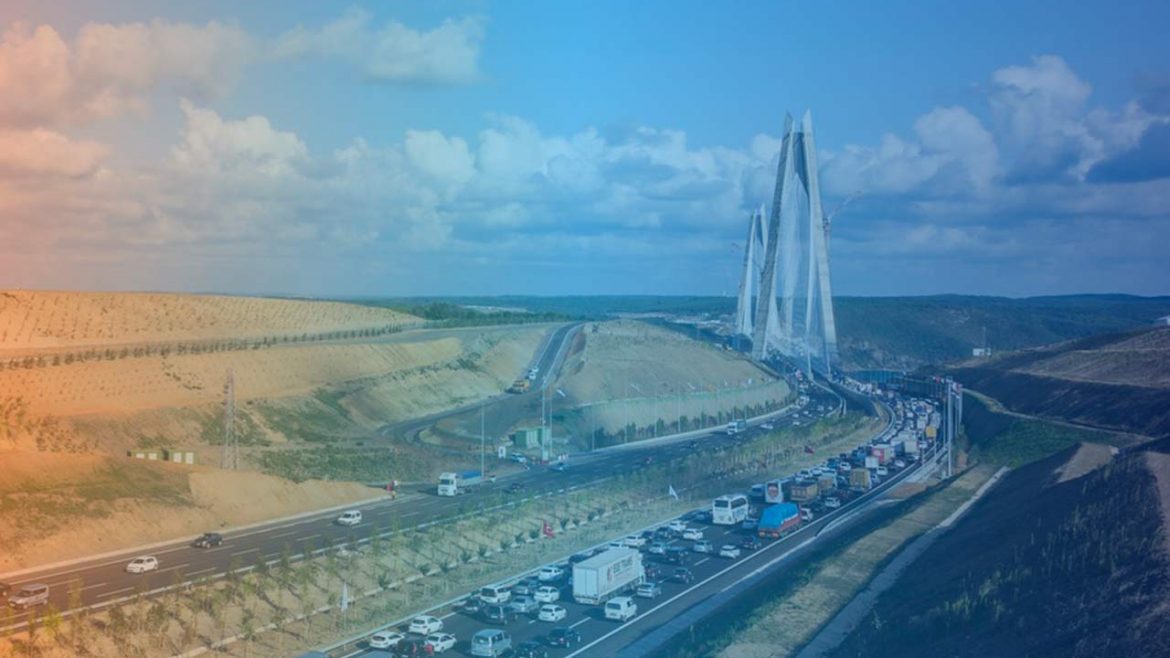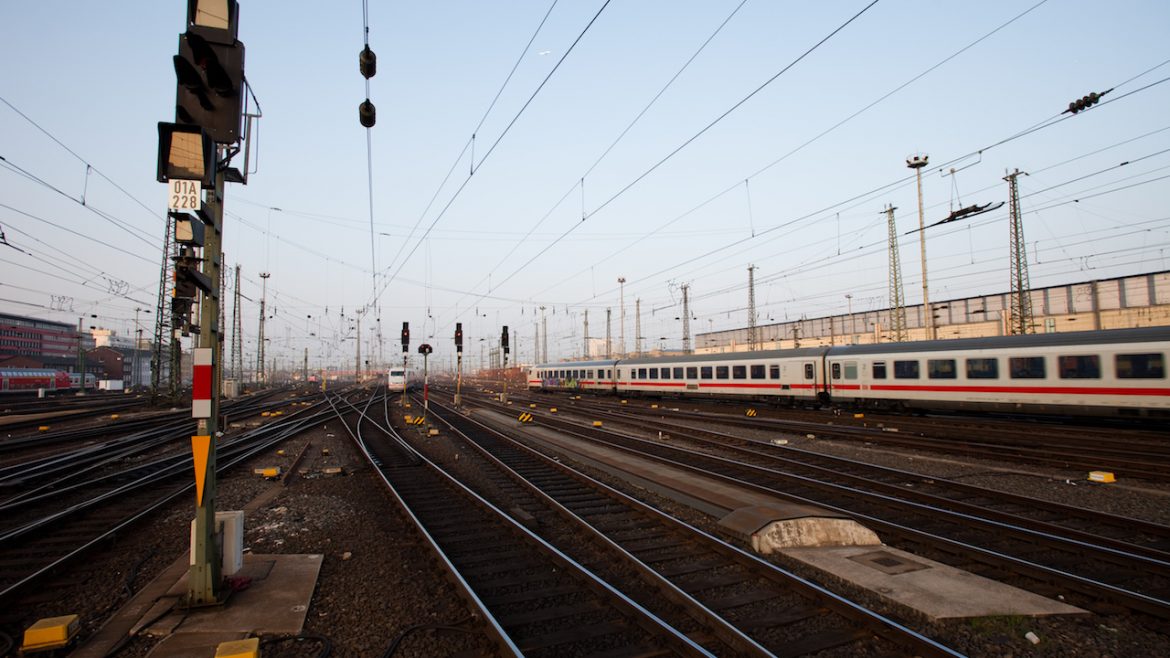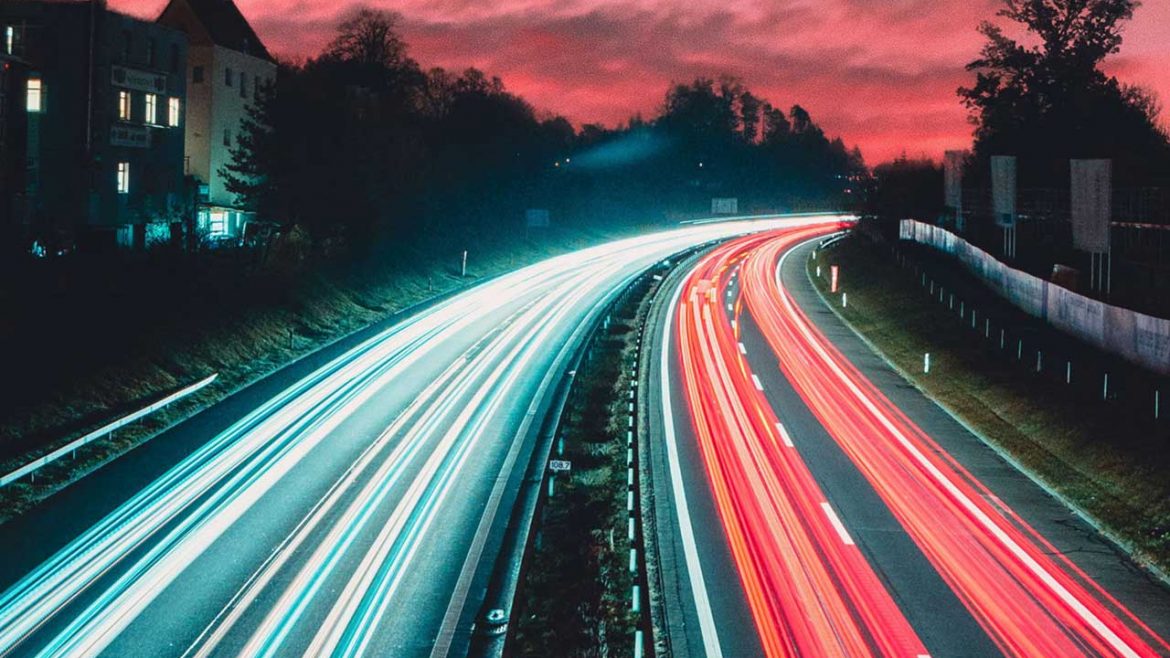We hope you enjoy this issue of our e-newsletter which features a spotlight on the impact of the Storm Alex on roads and bridges in Europe with notes from RINA and Telespazio UK. We also take stock of our hugely successful Joint Virtual Workshop with PANOPTS, SAFEWAY and RESIST as well as our well-attended Stakeholder Reference Group webinar in October. Our Stakeholder Reference Group keeps growing with new experts and is positioning itself as a relevant platform in the sector. Its next webinar will be on January 21st, and you can find more details below in this newsletter. Thank you for following our project. Stay safe, keep in touch, and have a Merry Christmas.

